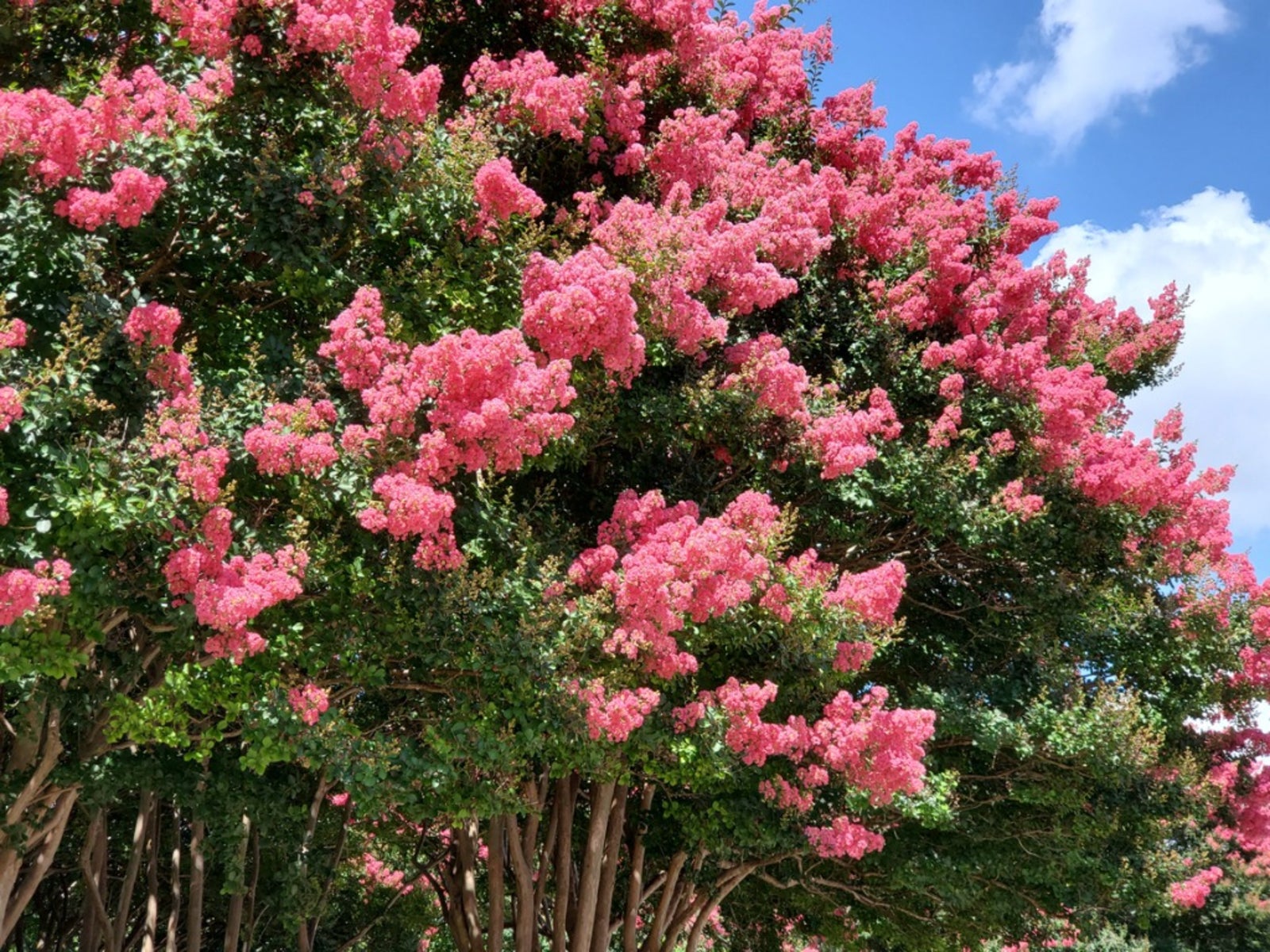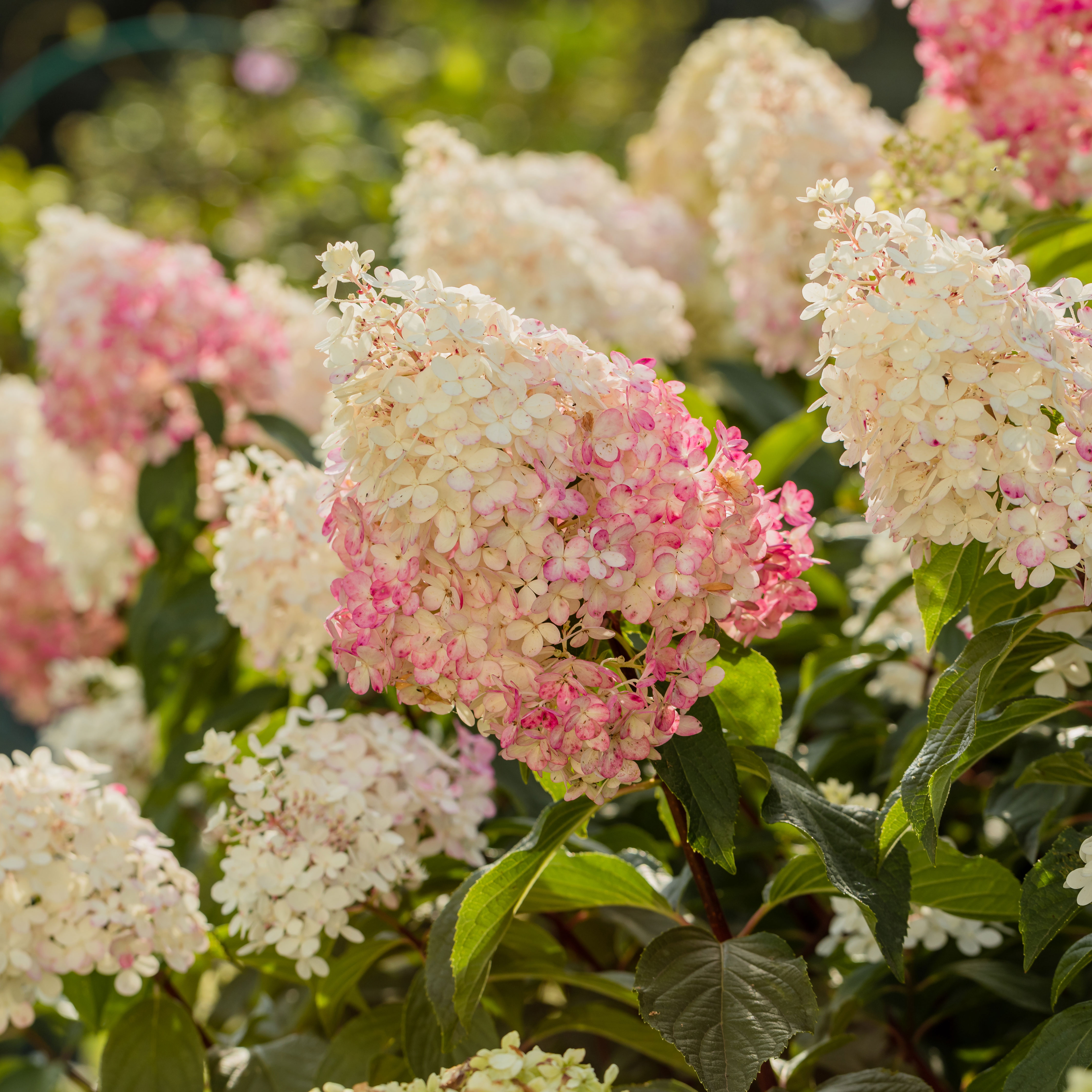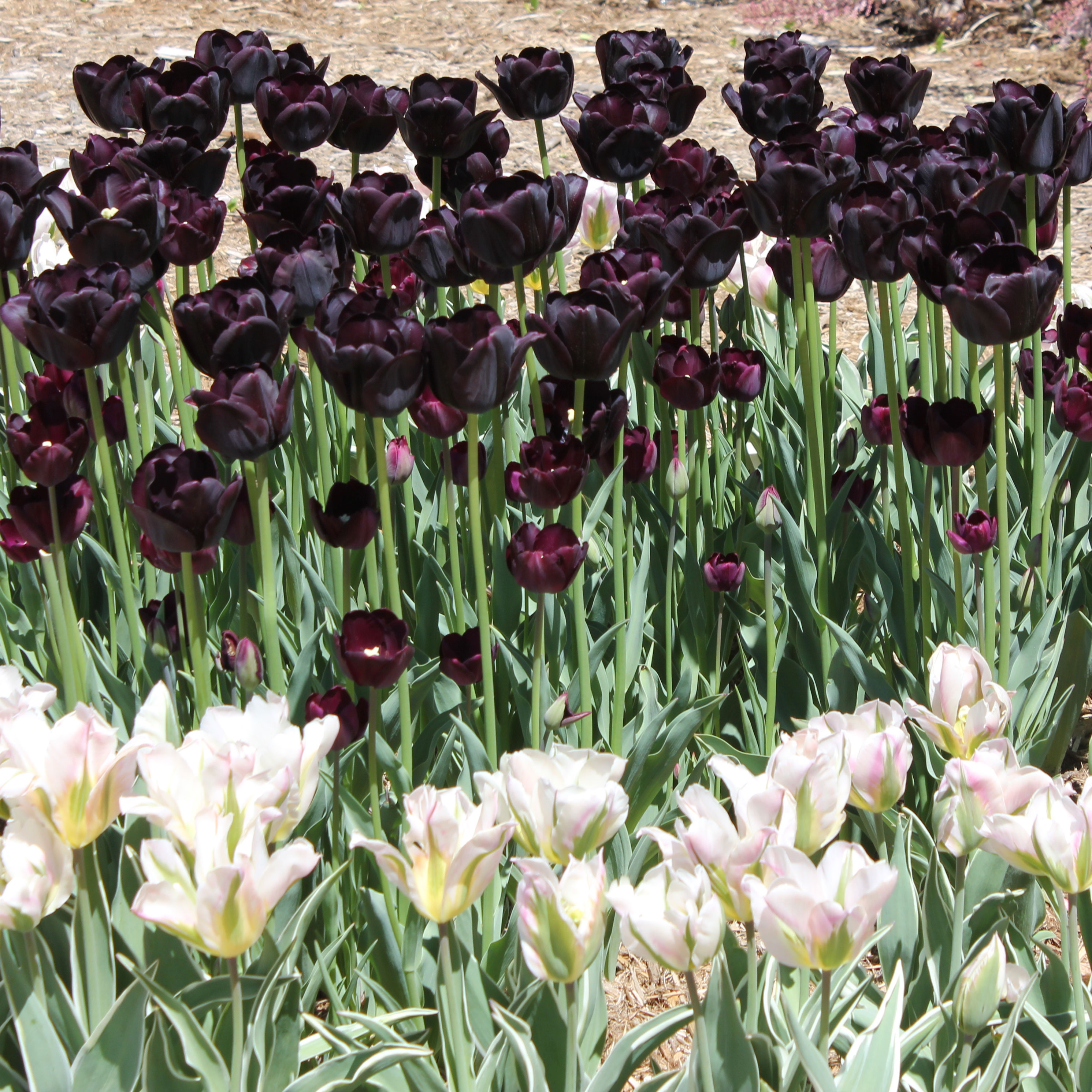Saving Crepe Myrtle Seeds: How To Harvest Crepe Myrtle Seeds


Crepe myrtle trees (Lagerstroemia indica) makes many homeowners’ list of favorites in U.S. Department of Agriculture plant hardiness zones 7 through 10. They offer showy flowers in summer, vivid fall color, and textural bark in winter along with attractive seed heads. Collecting crepe myrtle seeds is one way to grow new plants. If you are wondering how to harvest crepe myrtle seeds, this article will help. We’ll provide lots of tips for crepe myrtle seed harvesting.
Saving Crepe Myrtle Seeds
The attractive seed heads that weigh down your crepe myrtle branches in winter contain seeds that wild birds love to eat. So, taking a few to increase your crepe myrtle seed collection will still leave them plenty. When should you start crepe myrtle seed harvesting? You’ll want to start saving crepe myrtle seeds when the seed pods ripen. Crepe myrtle trees flower in late summer and produce green berries. As fall approaches, the berries develop into seed heads. Each seed head holds tiny brown seeds. Over time, the seed pods turn brown and dry. That’s the time to start your crepe myrtle seed collection.
How to Harvest Crepe Myrtle Seeds
The seeds in the seed pods are easy to collect. You should harvest the seeds when the pods are brown and dry but before they drop to the soil. It’s not difficult. Keep a large bowl beneath the branch where the seed pods are located. When you want to start saving crepe myrtle seeds, shake the dry pods gently to release the seeds. You can also start your crepe myrtle seed collection by wrapping fine netting around the pods. The netting can catch the seeds if the pods open at a moment you aren’t around. Another way to start collecting crepe myrtle seeds is to bring the pods inside. You can snip off some attractive crepe myrtle branches that have seed pods on them. Make those branches into a bouquet. Place them in a vase with water on a plate or tray. Seeds will land on the tray when they fall from the drying pods.
Gardening tips, videos, info and more delivered right to your inbox!
Sign up for the Gardening Know How newsletter today and receive a free copy of our e-book "How to Grow Delicious Tomatoes".

Teo Spengler is a master gardener and a docent at the San Francisco Botanical Garden, where she hosts public tours. She has studied horticulture and written about nature, trees, plants, and gardening for more than two decades. Her extended family includes some 30 houseplants and hundreds of outdoor plants, including 250 trees, which are her main passion. Spengler currently splits her life between San Francisco and the French Basque Country, though she was raised in Alaska, giving her experience of gardening in a range of climates.
-
 Want The Longest Lasting Hydrangea Flowers? Grow These 8 Panicle Hydrangea Varieties
Want The Longest Lasting Hydrangea Flowers? Grow These 8 Panicle Hydrangea VarietiesFor ornamental shrubs that deliver the longest flowering seasons with plush blooms and delicate hues, these panicle hydrangea varieties are essential in your yard
By Tonya Barnett
-
 Moody Blooms For Spring: 8 Types Of Black Flowers To Add Drama To Spring Displays
Moody Blooms For Spring: 8 Types Of Black Flowers To Add Drama To Spring DisplaysFrom midnight burgundies to inky violets, several types of black flowers can enrich and embolden a spring display. Try these brooding bloomers for a moody garden
By Tonya Barnett